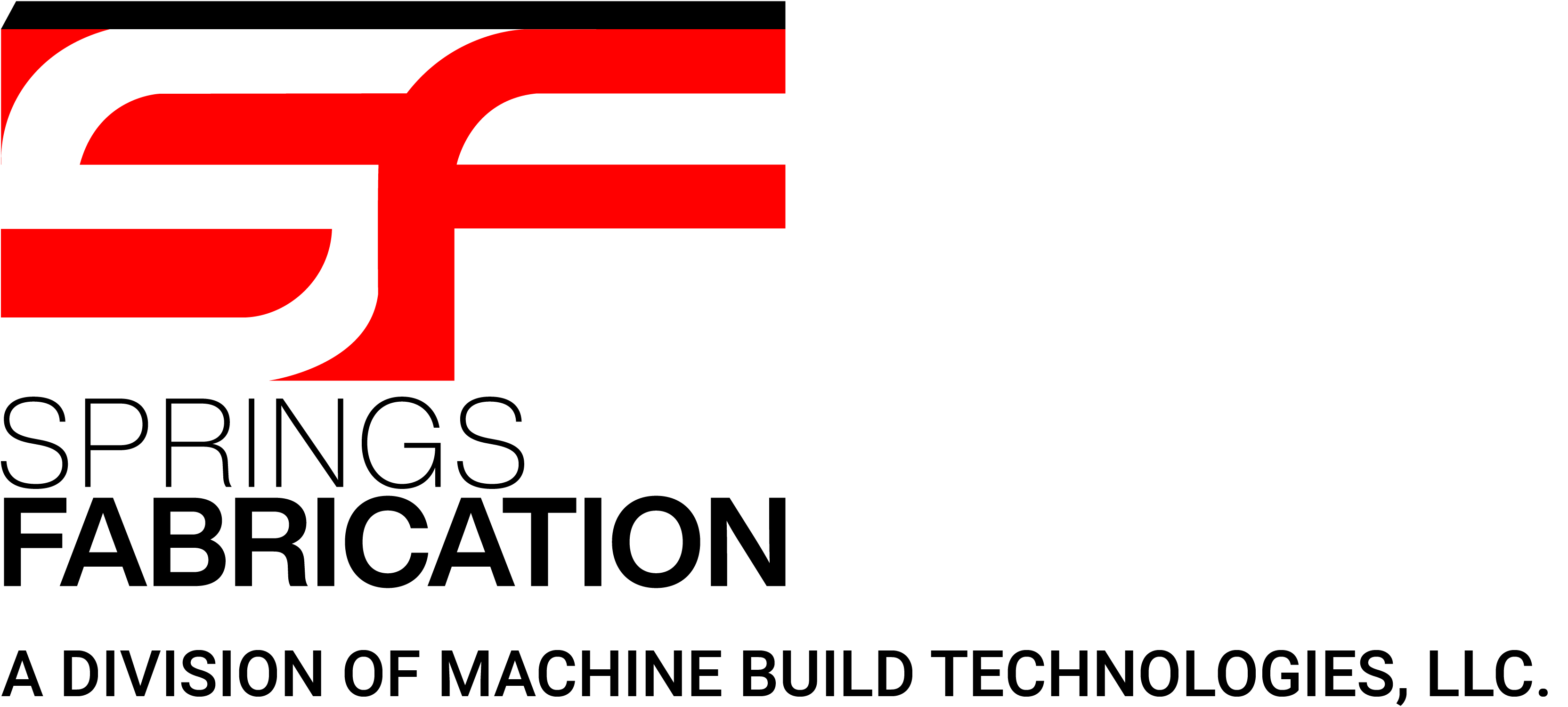Understanding Steel Fabrication: Processes, Techniques, and Applications
Steel is one of the most versatile and durable materials used in industries ranging from construction and manufacturing to automotive and aerospace. However, before raw steel can be used in these applications, it must go through a series of fabrication processes to be transformed into functional components. Steel fabrication is a specialized process involving cutting, bending, welding, machining, and coating to create structures, machine parts, and custom metal products.
What is Steel Fabrication?
Steel fabrication is the process of converting raw steel into desired shapes and structures through various manufacturing techniques. This process allows steel to be customized to meet the needs of different industries, ensuring strength, durability, and precision in end products. Steel fabricators work with engineers, architects, and manufacturers to create steel components tailored for specific applications.
Key Industries That Use Steel Fabrication:
- Construction – Buildings, bridges, and structural frameworks
- Manufacturing – Equipment, machine parts, and production tools
- Automotive & Transportation – Vehicle frames, trailers, and rail components
- Oil & Gas – Pipelines, drilling platforms, and refinery structures
- Aerospace – Aircraft components and support structures
- Defense & Military – Armored vehicles, weapon systems, and infrastructure
Each of these industries relies on steel fabricators to produce custom-made, high-performance steel components that meet stringent quality and safety standards.
Steel fabricators in Colorado, like Springs Fabrication, provide the following types of services.
Common Steel Fabrication Processes
1. Cutting
The first step in steel fabrication is cutting, where large steel sheets, bars, or plates are reduced to specific sizes and shapes. Different cutting methods are used depending on the precision, speed, and thickness of the steel required.
Cutting Methods:
- Saw Cutting – Uses band or circular saws to cut through thick steel.
- Laser Cutting – Provides high precision, ideal for intricate designs.
- Plasma Cutting – Uses ionized gas at high temperatures to cut through thick steel efficiently.
- Oxy-Fuel Cutting – Uses a combination of flame and oxygen to melt and cut steel.
- Water Jet Cutting – Uses high-pressure water mixed with abrasives to cut steel without heat distortion.
🔹 Applications: Used for structural components, automotive parts, and industrial equipment.
2. Bending
Bending is a critical process used to shape steel into angles, curves, or cylindrical forms. This process is essential for creating beams, brackets, and customized structural elements.
Bending Methods:
- Press Brake Bending – Uses hydraulic or mechanical presses to create precise bends in steel sheets and plates.
- Roll Bending – Passes steel through rollers to create curved or cylindrical shapes.
- Hammer Forging – Uses manual or machine-driven force to shape steel.
🔹 Applications: Used in structural beams, piping systems, and automotive frames.
3. Welding
Welding is one of the most important steel fabrication processes, as it joins different metal components to form strong, durable structures.
Welding Methods:
- MIG (Metal Inert Gas) Welding – Fast and clean welding method, ideal for high-speed production.
- TIG (Tungsten Inert Gas) Welding – Offers high precision, commonly used for thin metals.
- Stick Welding (SMAW) – A robust welding method used in outdoor and rough environments.
- Spot Welding – Used in automotive manufacturing for joining thin metal sheets.
- Robotic Welding – Ensures consistency and efficiency in mass production.
🔹 Applications: Found in bridges, shipbuilding, heavy machinery, and automotive production.
4. Machining
Machining is used to refine and shape steel components to achieve precise specifications. This process is especially important for industries requiring high tolerances, such as aerospace and medical device manufacturing.
Machining Methods:
- Milling – Removes material from steel using rotary cutters to achieve precision.
- Turning (Lathe Work) – Rotates steel while cutting tools shape it into cylindrical forms.
- Drilling – Creates holes in steel using high-speed rotating drill bits.
- Grinding – Uses abrasive wheels to smooth surfaces and remove excess material.
🔹 Applications: Used in aerospace, medical, automotive, and precision manufacturing.
5. Coating & Finishing
Once steel components are fabricated, they often require protective coatings to prevent rust, corrosion, and wear. Coating also enhances the appearance and longevity of steel products.
Coating Methods:
- Galvanizing – Applies a protective zinc layer to prevent rust.
- Powder Coating – Uses a dry powder finish that is heated to create a durable, attractive coating.
- Painting – Provides both aesthetic and protective benefits.
- Electroplating – Deposits a thin metal coating using electricity to enhance corrosion resistance.
🔹 Applications: Used in outdoor structures, bridges, industrial machinery, and marine equipment.
6. Assembly & Fabrication
The final step in steel fabrication is assembling the steel components into complete structures or products. Different techniques are used depending on whether the assembly needs to be permanent or temporary.
Assembly Methods:
- Bolting & Fastening – Uses nuts, bolts, and screws for easy disassembly.
- Riveting – Permanent mechanical fastening used in bridge and aircraft construction.
- Welding Assembly – Permanently joins components through welding.
🔹 Applications: Used in buildings, bridges, heavy machinery, and industrial equipment.
Conclusion
Steel fabrication is a crucial process that transforms raw steel into functional components used in nearly every industry. From cutting and bending to welding, machining, and coating, each step ensures that steel products meet the highest standards of durability, strength, and precision.
By understanding the different fabrication techniques, businesses can choose the right steel fabricator to meet their needs—whether for construction, manufacturing, or custom engineering projects.
If you're looking for a steel fabricator in Colorado for your next project, contact Springs Fabrication: they have the right expertise, advanced equipment, and quality control measures to deliver high-performance steel components.
